
Andrés Kudacki (Buenos Aires, 1974) is a visual artist with a strong political and social sensitivity. In his creative process, he delves into his deepest emotions, drawing from the life experiences that shaped him as a human being and the challenges and difficulties he faces in the contemporary world.
Kudacki’s art is catharsis, reflection, and provocation. His work evokes and engages in a dialogue with his past, his present, and an uncertain future where injustices and conflicts continue to impact him as a person.
Born into a humble family in the province of Buenos Aires, the Latin American artist developed a close and emotional connection with painting and the visual arts from a very young age, which has been crucial in the development of his identity and artistic personality.
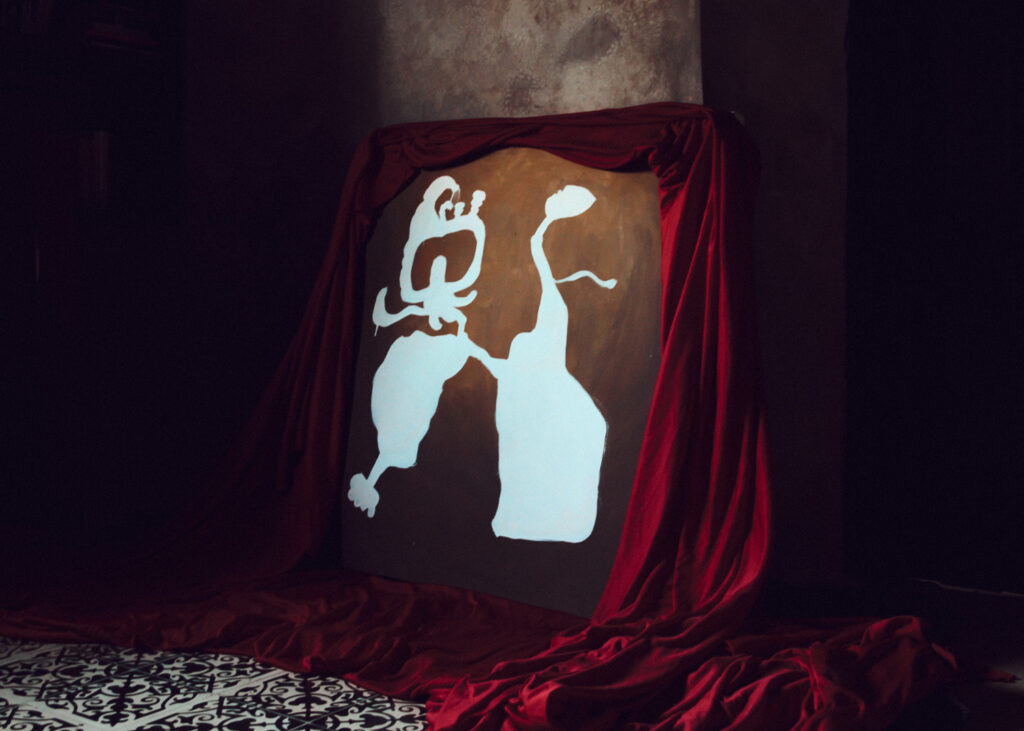
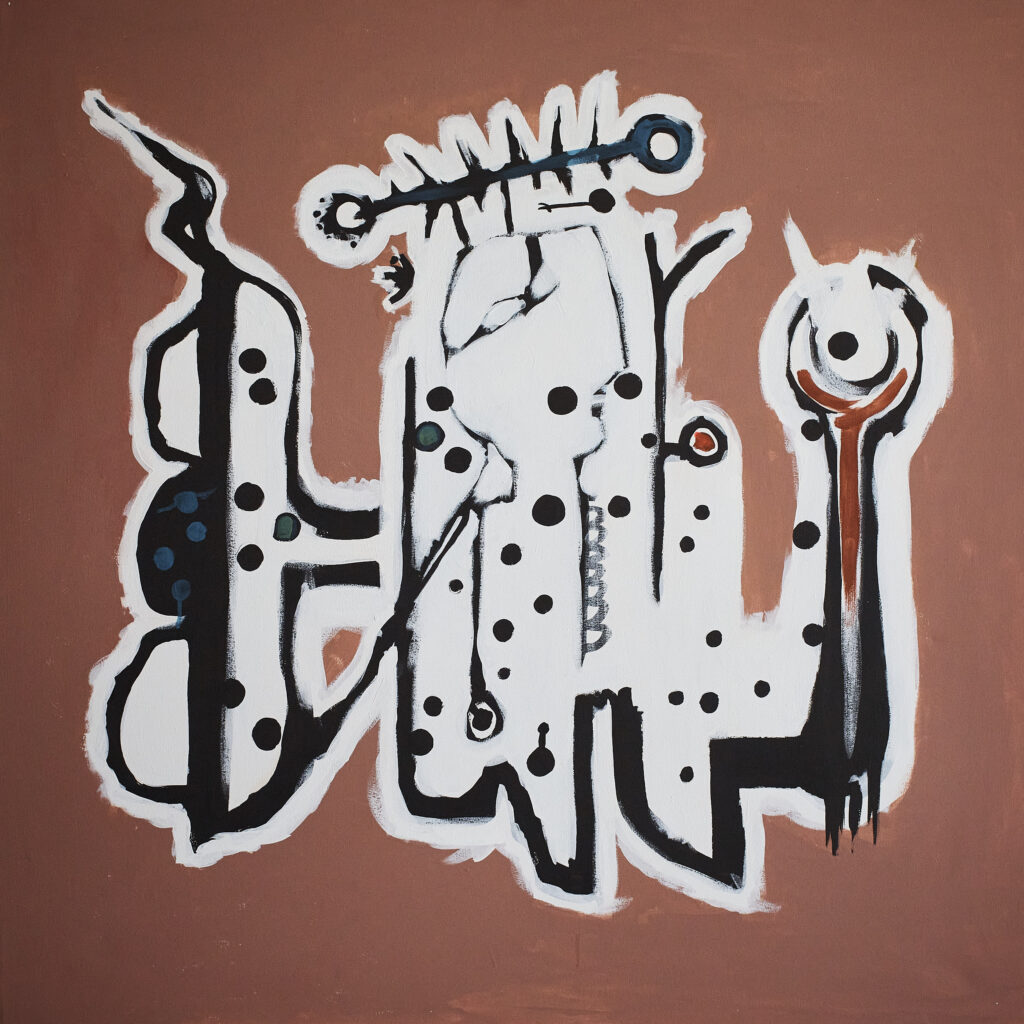
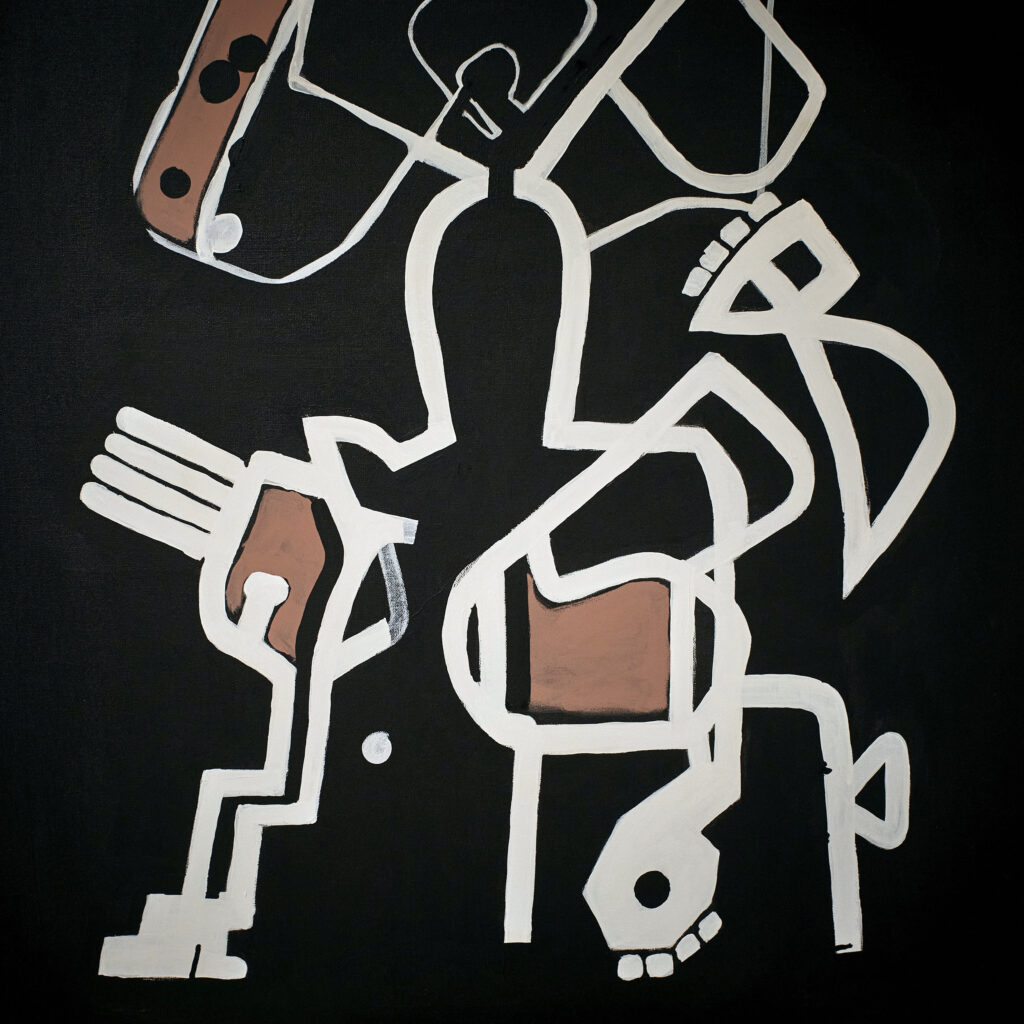
Since childhood, he worked alongside his father in his painting and lettering workshop, a place that sparked his creativity while also being cruel and violent.
Chaos reigned in his external world. The painting workshop, where he spent much of his time, was a rustic, dusty shed, splattered with paint, scattered with twisted and rusty nails, sharp metal scraps, machines, and wooden beams.
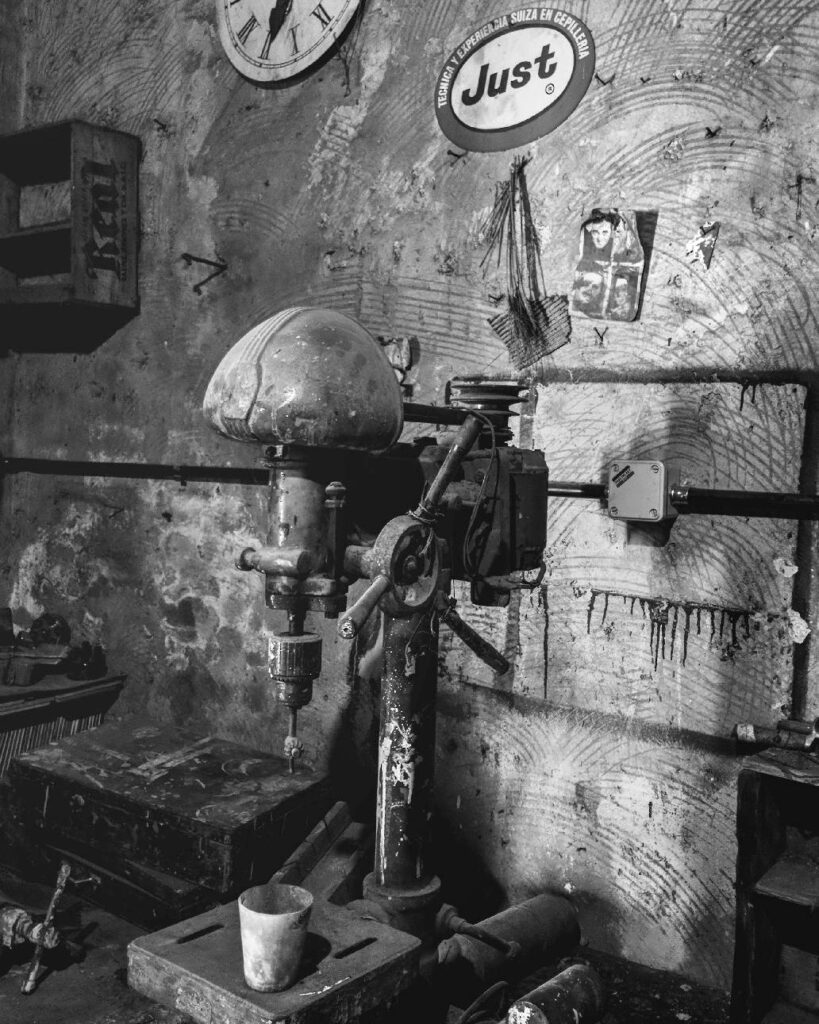
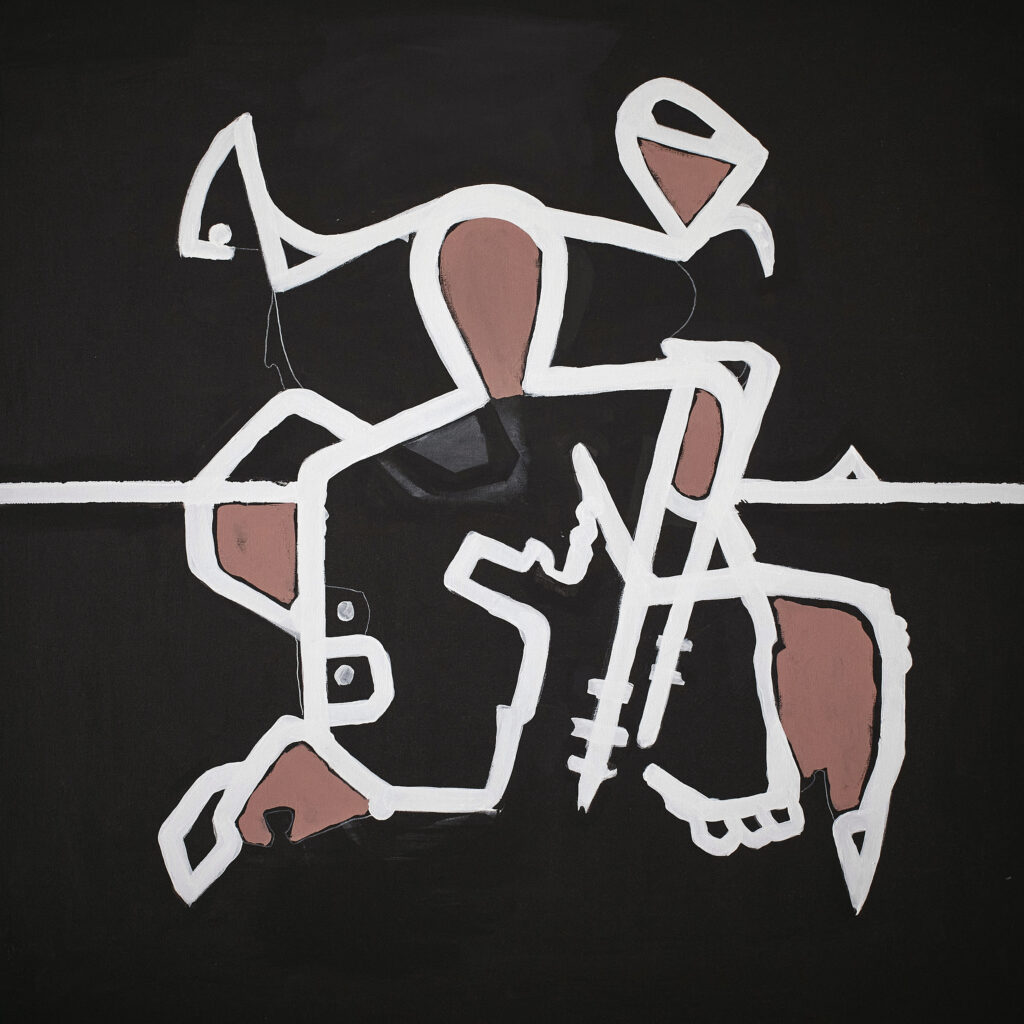
The military dictatorship had taken power in Argentina in 1976 when Andrés was just two years old. His parents were under threat, and the terror became etched in his memories.
His paintings return to that simple, turbulent, and at the same time, stimulating place of childhood, to the same moments of vivid colors and worries with organic and at times rigid outlines, set against colorful and dark environments.

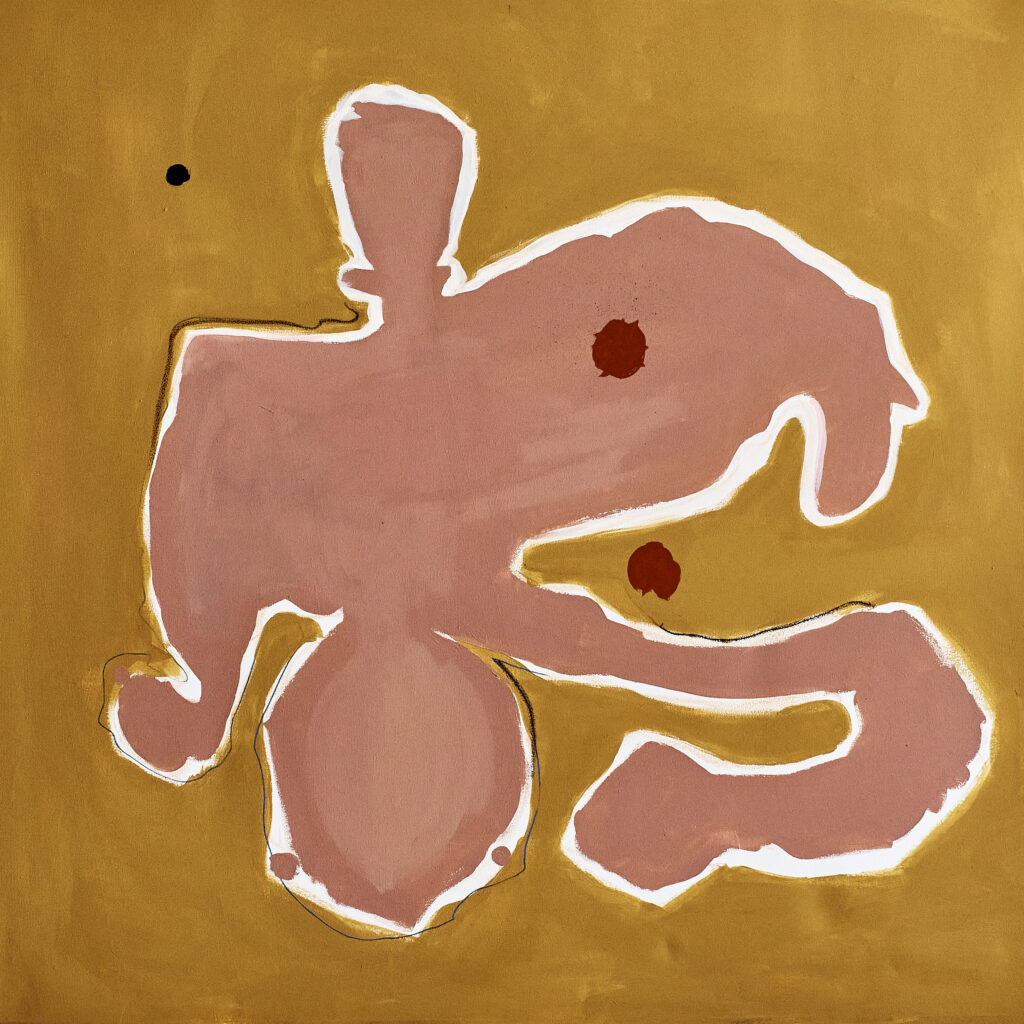
When Andrés was 6 years old, an illness affected him physically and led him to take refuge in drawing and chess. The isolation, the transformation of his body, the significant pause in his childhood, and having to cope with pain and suffering helped him develop resilience, mature, and learn to cultivate patience.

While he began as a self-taught photographer, eager to tell stories that concerned him, Andrés decided to travel to Patagonia to document the indigenous communities in their struggle to reclaim land.
The outbreak of the Argentine crisis in 2001 found him in Europe, and Andrés decided not to return to his country. Since he didn’t have the documentation to reside legally in Europe, he took on all kinds of jobs until he was able to settle down and quickly return to professional photography.
Once established in Spain, his photography career took off. He worked for major media outlets and won multiple awards. His strong work on the deep economic and financial crisis that the country experienced in 2008 made him stand out in publications and exhibitions.
In the United States, he worked for the country’s leading media outlets and covered the polarization that American society was experiencing, producing iconic photos from that period. In 2018, he was expelled from the U.S. and forced to separate from his son, who was just two years old at the time.
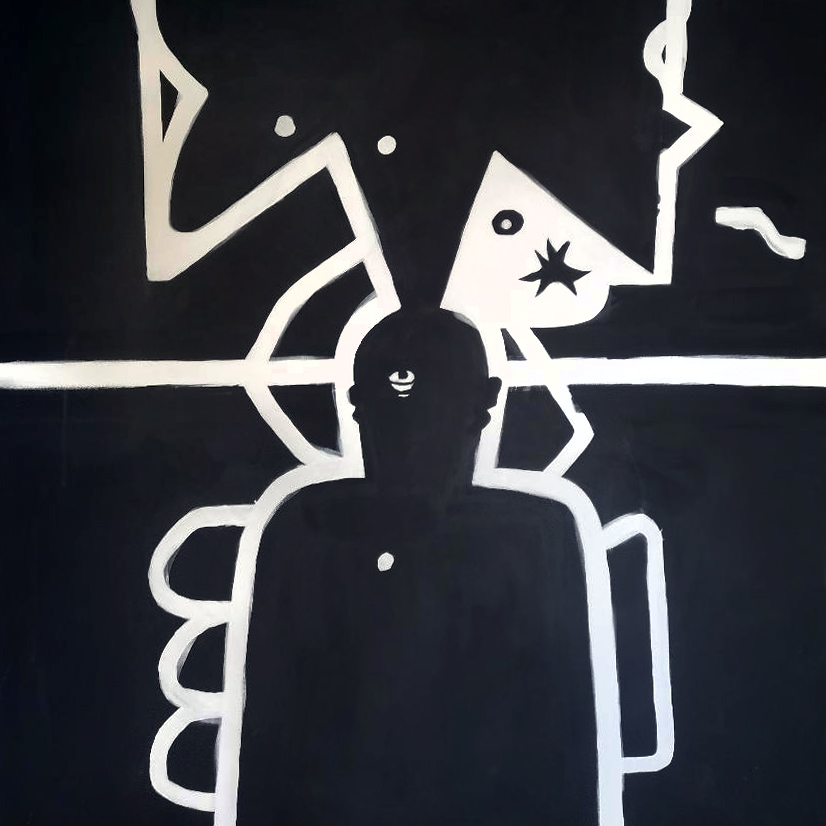
In recent years, Andrés has lived between Europe and Mexico, where he frequently reunited with his son. During this period, he turned to painting, reflecting on separation and loneliness. In his paintings, he expressed his frustration and helplessness in a very raw manner through abstract and simple figures. His figures, formed by white lines, emerge like a thread of life amidst the darkness